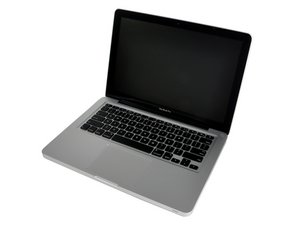750GB refers to drive capacity - how much data the installed drive can contain.
'Drive size' could mean the same thing as 'drive capacity' (at least, the two terms are synonymous in my mind), or 'drive size' could refer to the physical dimensions of the drive mechanism itself. Since I'm guessing that the caddy you're talking about is for mounting a 2.5" SATA hard drive or SSD in the bay where a 5.25" SATA optical drive was formerly mounted, the only physical dimension that's in question is the thickness of the drive mechanism. The HD and optical bays on a Unibody MBP are designed to hold 9.5mm drives; as long as the Samsung is no thicker than 9.5mm, it should fit.
By 'transfer capacity', I suspect you mean bus speed. In earlier MBP generations, the hard drive was on a 6 Gbps SATA III bus, while the optical drive was on a slower 3Gbps SATA II bus. This could cause problems with newer drives installed in the optical bay, because the drives couldn't always switch themselves successfully to the slower bus. This is a big issue with the 2011 Unibody MacBook Pros; you shouldn't have that problem with the Mid-2012 MBP.
Without knowing who made the caddy you're using, I'm guessing that the 750GB limit is a CYA measure from the manufacturer/retailer. It's likely that 750GB hard drives were the largest that were readily available when the caddy was designed, but they haven't made any effort to test and verify the caddy with larger drives since then. But if the caddy is rated for SATA III, I'll bet you can install the 2TB drive in it, then format and use it without issue.

 5
5  1
1  1
1